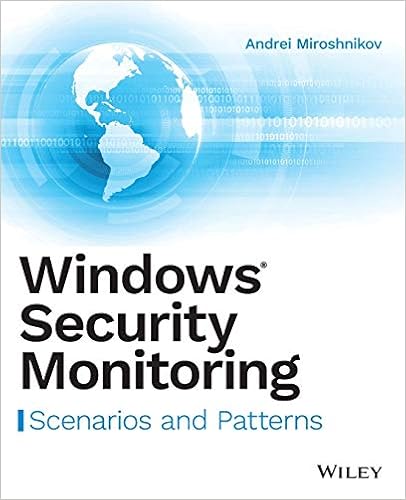Malware attacks are a growing problem in our increasingly digital world. By infiltrating computers and networks, malicious software can cause serious harm to those affected by it.
One of the most common types of malware is ransomware (encryption-based malware), which prevents users from accessing their files until they pay a hefty fee to the cyber attacker. This type of attack has been used to target everything from individuals to large organizations, including government agencies and healthcare providers.
In addition to financial losses, malware attacks can have devastating effects on businesses and individuals. In some cases, sensitive data can be stolen or destroyed as part of an attack. This can lead to identity theft and other forms of fraud, as well as put organizations at risk for long-term damage if confidential information is exposed or compromised.
Research Findings
A recent study by Atlas VPN shows how malware infection is on the rise and the trends in the new malware samples found in the first three quarters of 2022.
According to researchers, 59.58 million samples of new Windows malware were found in the first three quarters of 2022 and these make up 95.6% of all new malware discovered during that time period.
This analysis was based on data by AV-TEST GmbH, an independent organization that evaluates and rates antivirus and supplies services in IT Security and Antivirus Research. The study also includes new malware samples detected in the four quarters of 2021 and the first three quarters of 2022.
Windows, Linux, and Android Malware
Overall, there is a downward trend in the data with the malware samples this year has decreased by 34% as compared to the same period last year. However, the numbers are still exceptionally high.
Following Windows on the list is Linux malware with 1.76 million new malware samples – 2.8% of the total malware threats in 2022.
Android malware takes third place with the first three quarters of 2022 seeing 938,379 new Android malware threats, constituting 1.5% of the total new malware.
Lastly, 8,329 samples of never before seen malware threats aimed at macOS were observed in the same period.
Total Number of Malware
The study also shows that the total number of malware threats found in the first three quarters of 2022 across all operating systems amount to 62.29 million. This is about 228,164 malware threats daily.
If we make a quarter-by-quarter comparison, the first quarter of 2022 saw the most significant number of malware samples – 22.35 million. However, this number dropped by 4% to 21.49 million in the second quarter of this year. Again, it decreased by another 14% to 18.45 million.
The numbers continue to plummet into the fourth quarter of the year with 7.62 million new threats found in October and November – nearly 60% less than at the same time last year.
Protection Against Malware
Malware is a pervasive threat to internet users on both personal and professional networks. It can cause serious damage to computers, networks, and data that can be expensive to fix. Fortunately, there are steps you can take to protect yourself from malware.
The most important step in protecting your network from malware is keeping your anti-malware software up to date. Regularly updating anti-malware programs ensures that they’re able to detect the latest threats and keep them away from your computer or network.
Additionally, be sure not to click on suspicious links or download files from unknown sources as these could contain malicious code that could harm your system.
Another way to stay safe online is by using a secure web browser with built-in security features like pop-up blockers, phishing protection, and ad blockers ((don’t use it on Hackread.com though :0)) for enhanced protection against malicious activities.





![Trace and Log Analysis: A Pattern Reference for Diagnostics and Anomaly Detection by [Dmitry Vostokov, Software Diagnostics Institute]](https://m.media-amazon.com/images/I/5148hRrenTL.jpg)



















